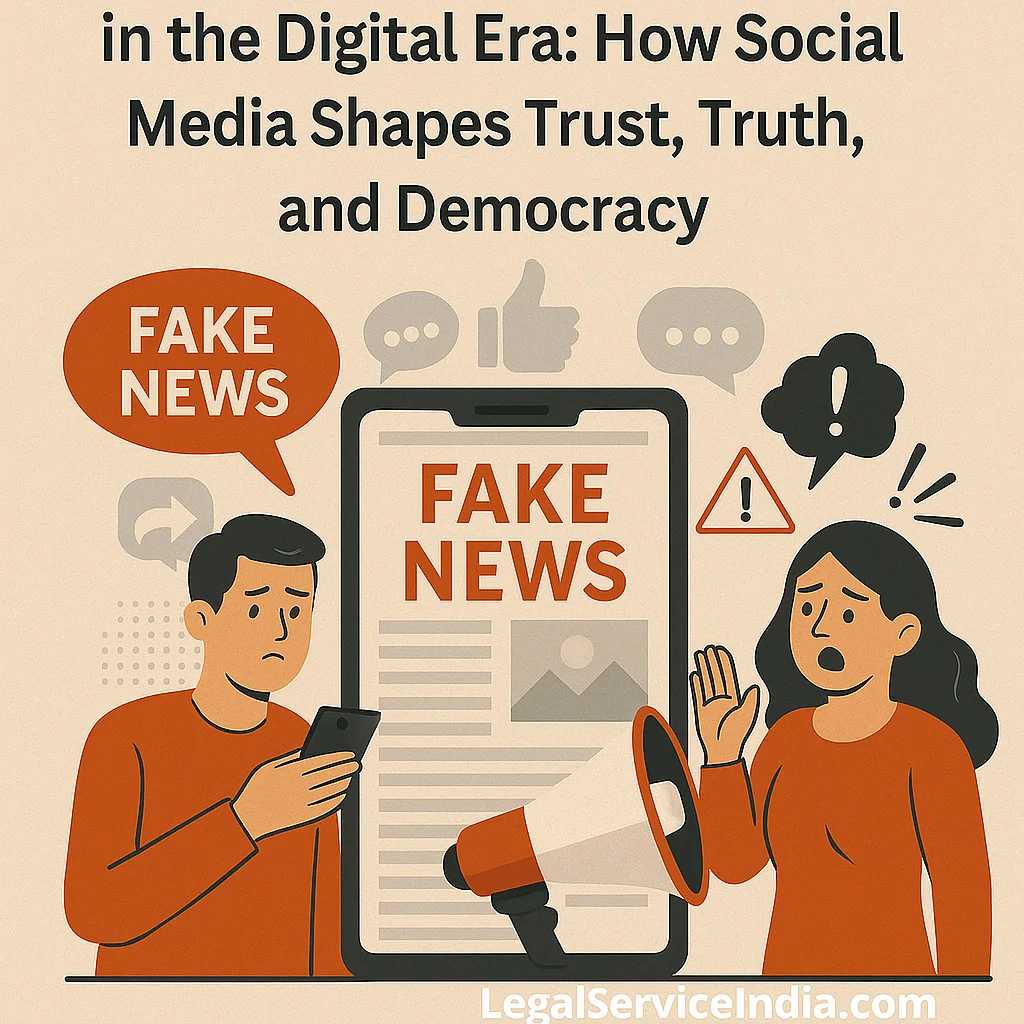Introduction – Fake News and Misinformation in the Digital Age
In the digital age, the rapid dissemination of information has become both a blessing and a curse. While it facilitates the sharing of knowledge and diverse perspectives, the rise of fake news and misinformation has emerged as a formidable threat to the foundations of an informed society. The spread of false information has the potential to undermine democratic processes, erode public trust in institutions, and polarize communities.
The term “fake news” refers to deliberately fabricated information presented as legitimate news. Misinformation, on the other hand, involves the dissemination of false or misleading information, often unintentionally.
The origins of fake news can be traced to various factors, including:
- Ease of content creation on digital platforms
- Speed of information transmission
- Economic incentives driven by click-based revenue models
With the advent of social media platforms, this problem has reached unprecedented levels. Social media has become a breeding ground for the rapid spread of misinformation, where sensationalized or false narratives can go viral within minutes.
Role of Social Media
Impact of Platforms on Information Flow
Social media platforms have revolutionized the way we consume and share information. They provide an instant and global network that connects individuals from various backgrounds, making it easier than ever to disseminate both accurate and inaccurate information. Unfortunately, this ease of sharing also opens doors for malicious actors who seek to exploit these platforms for their own gain.
Fake News and Social Media
Social media platforms have undoubtedly played a significant role in the proliferation of fake news, thus posing a grave threat to an informed society. These platforms, with their enormous user base and lightning-fast dissemination capabilities, have become breeding grounds for misinformation. In the digital age, where information is readily accessible at our fingertips, it has become increasingly challenging to differentiate fact from fiction.
The perplexing nature of social media’s influence lies in its ability to amplify false narratives and blur the lines between reality and fabrication. Social media’s role in spreading fake news is further exacerbated by algorithms that prioritize engagement over accuracy. These algorithms are designed to show users content that aligns with their interests and beliefs, creating echo chambers where individuals are exposed only to information that reinforces their pre-existing notions.
Algorithmic Influence and Echo Chambers
Consequently, users are more likely to encounter and share content that aligns with their biases without critically evaluating its veracity. This perpetuates a dangerous cycle wherein misleading information becomes ingrained within like-minded communities and spreads unchecked.
Anonymity and Manipulation
The anonymity provided by social media platforms adds another layer of complexity to the issue at hand. Users can create multiple accounts or hide behind pseudonyms while disseminating false narratives without facing any real-world consequences for their actions. Furthermore, social media’s vast reach enables even small-scale actors with malicious intent to easily disseminate false narratives on a global scale.
With the ability to target specific demographics, these actors can manipulate public opinion and sow discord by exploiting people’s fears and biases. This manipulation of information erodes trust in traditional news sources and fosters an environment where fake news thrives.
Impact on Society
Erosion of Trust in Media
Fake news erodes public trust in traditional media outlets and authoritative sources. When misinformation is presented alongside credible information, it becomes increasingly challenging for the public to distinguish between fact and fiction. The intentional spread of false information can manipulate public opinion, influencing perceptions of individuals, events, and even political ideologies.
This manipulation poses a significant threat to the democratic process by distorting the information upon which citizens base their decisions.
Social Polarization and Bias Reinforcement
Misinformation can contribute to social polarization by reinforcing existing biases and deepening divisions within society. False narratives that appeal to specific ideologies can exacerbate tensions and hinder constructive dialogue.
Public Health Risks and Misinformation
In the context of health crises, such as the COVID-19 pandemic, misinformation can have severe consequences. False information about treatments, preventive measures, and the virus itself can lead to misguided actions, jeopardizing public health.
| Aspect | Impact of Fake News |
|---|---|
| Democracy | Manipulates public opinion and distorts electoral processes |
| Public Trust | Erodes confidence in credible institutions and media |
| Social Harmony | Deepens ideological divides and fuels polarization |
| Public Health | Spreads harmful misinformation during crises like pandemics |






